Can you please introduce yourself to readers?
My name is Elham Angell. I am an Iranian artist currently based in Turkey. My chief inspiration comes from nature. Previously I was an earth scientist before moving to making sculpture from material such as bronze and ceramics. I then moved to more contemporary art forms such as land art installations.
What is land art and what are its medium specific qualities?
Land art is also called earth art. Basically, I think land art is all about location. The location is landscape and nature, hence the name. Land art was part of a significant conceptual art movement in the 1960s and 1970s. Instead of experiencing art in a gallery setting, audiences witness art in nature.
Can you highlight the importance of land art’s physicality?
In terms of physicality and scale, land art is a really contemporary genre which rails against traditional norms of viewer experience in gallery spaces. A lot of traditional fine art such as large paintings or sculptures are often perceived as timeless and eternal. In direct contrast, land art is temporary. No matter how big or small the land art installation, it is only temporary. When the work is finished, all that remains is a photo record. Because of this, some audiences don’t count land art as actual art, which is an interesting perspective.
Integration with nature is also hugely important here. Not all elements of land art must stem from nature, for example it is possible to use inorganic materials, but the majority of the work should be dictated by landscape and nature. Because of this, messages about the environment are innate within land art.
Before engaging with land art and sculpture you were an earth scientist. Why did you shift into creative practice? Can you tell us why you believe there is no barrier between art and science?
I studied engineering geology which is all about our relationship with earth. It considers both our impact on the planet and the planet’s impact on us. I was working in an environmental department. My turning point towards art came when I completed a project and found there to be little action from the research completed. I had always combined science and art, I could neither describe myself as an artist or scientist. When I turned to art, rather than feeling as though it was a change in discipline, I simply felt like I was changing my angle.
In terms of boundaries, I think we have a problem with fundamental categorising between art and science. I disagree with this and try to find the area where science and art mix together and where you cannot tell them apart. My art certainly belongs to this area.
Science brings curiosity and art is creativity. Science brings data and art brings freedom and storytelling. There is a strong bond between them. The are both concerned with challenging boundaries and shifting perspectives.
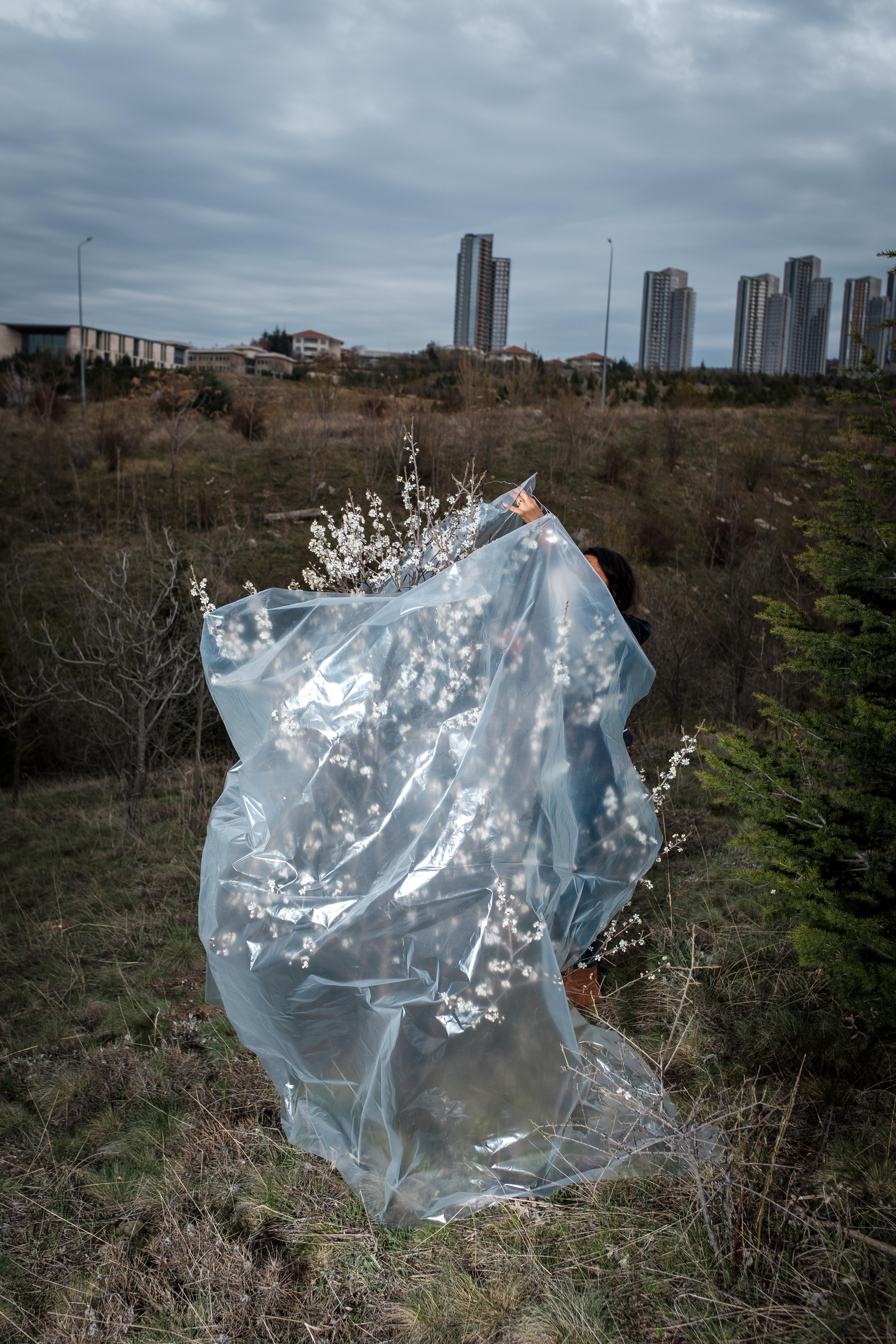
Tell us about your work, Isolation Protection.
I created the work during the pandemic. In Turkey, we had a long winter. Spring came and at the time I was living in a university campus full of fruit trees which were blossoming. Suddenly, we had a late snow, a clear sign of a changing climate. The snow killed the fruit tree blossoms and I was panicking, trying to cover some trees, unsure how to approach the problem.
As an artist, I tried to raise awareness. I covered one tree in plastic and realised that I was covering the beauty of the tree. Similar to the pandemic, as we were isolating, we removed ourselves and also removed beauty from the world. We covered ourselves in order to protect ourselves.
Other than its obvious inherent links to the earth, why is land art a particularly useful medium for making environmental statements?
When you see land art in its natural environment setting, there are no gallery behaviour expectations. There is no institution mediating experience. Instead, it is purely the audience and the work. I think that makes a stronger connection somehow and enables us to communicate messages more effectively.
I also think there is a more innate reason, perhaps an anthropological reason, as to why land art is an effective medium to communicate socio-political statements. Land art itself arose in the late 20th century, however arguably the genre has been around for millenia. Early humans painting on cave walls or arranging rocks by a river are key examples of land art.
Contemporary art can recall this earlier, and more peaceful, relationship we had with nature.
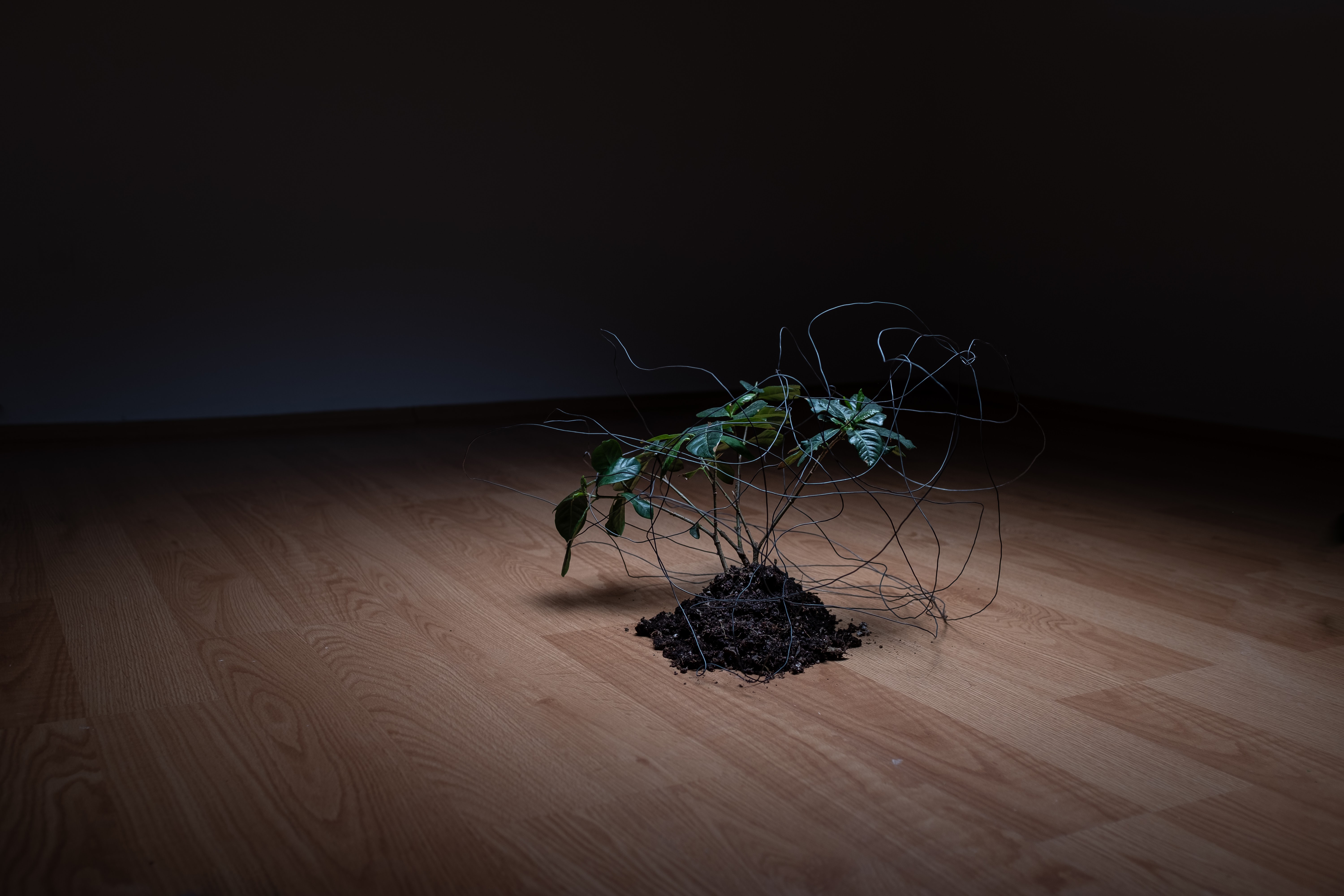
Tell us about your work at the Climate Art exhibition in Germany.
The work features a plant in soil on the floor wrapped by wire which is trapping the plant. The wire represents industry from outside, it appears that nature has been scribbled out and contaminated. The work has been recreated in Berlin in an avant-garde front-store exhibition. A shop space has been transformed into a gallery for a performance of public art. I love to present artwork in galleries, but the majority of people are able to see this art just by walking by during a commute. It prompts a few seconds of reflection or consideration for passers-by. The exhibit is at SHOWZ Berlin between September 26th - December 31st and my work is on show from 8th to 21st of October.
How do you think people respond to and engage with your land art installations?
I think there are two reactions. The first might discount land because it does not fall into a typical genre or category. The second reaction is curiosity and stems from an audience group who want to learn more about contemporary art. Land art is simple but presents settings in new ways and, in that way, prompts dialogue and conversation.
What 5 pieces of advice would you give to someone who wants to use land to make an activist statement?
Study the earth’s language. Study about the planet and plants to understand the earth’s language.
Always remember that you don’t need sponsors or specific material. As long as your materials are not harming nature, you’re free to choose whatever you like.
Own what is yours. What’s great about land art is that you have the space, you don’t need to wait for the gallery owner to accept your proposal.
It’s really important to take good photos! As I mentioned, land art is temporary so photographic records are very important.
Most importantly, respect nature. You must leave nature as it was before your work, because land artists are just creative guests.

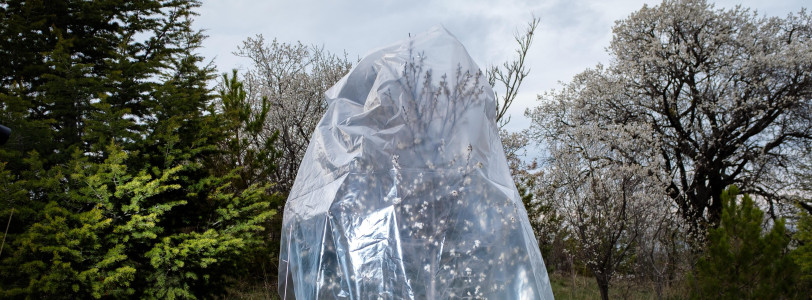

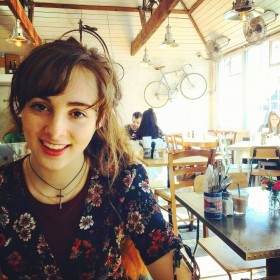
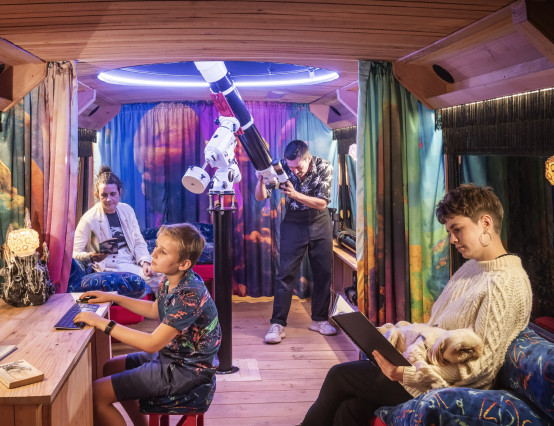
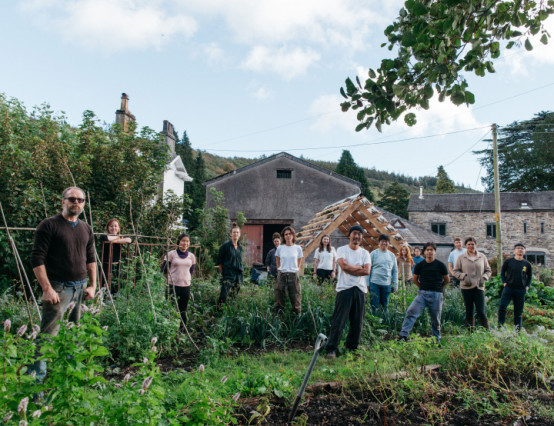
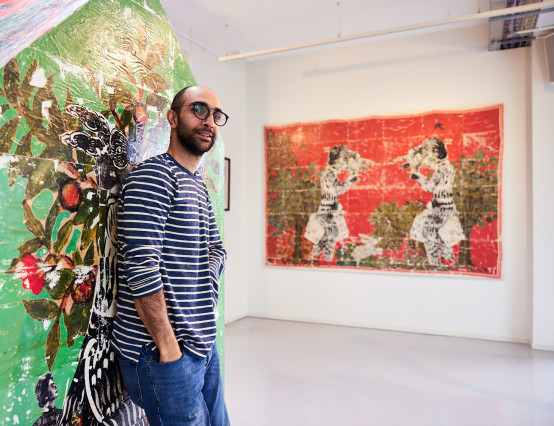


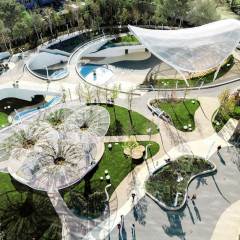
0 Comments